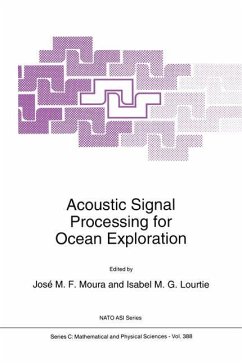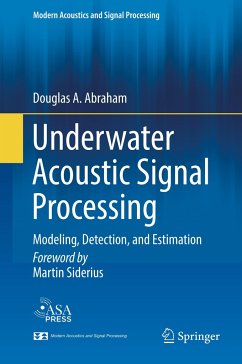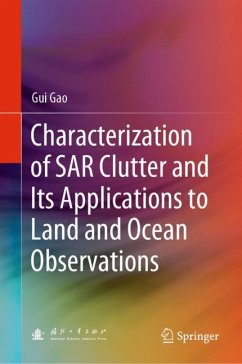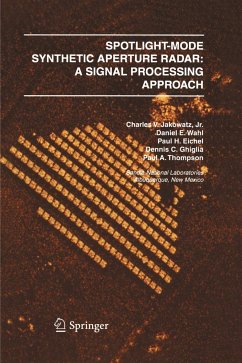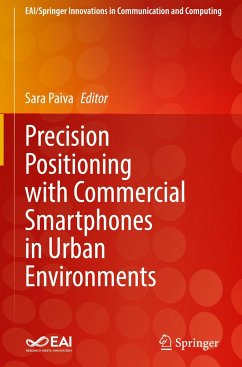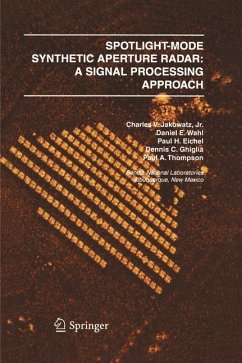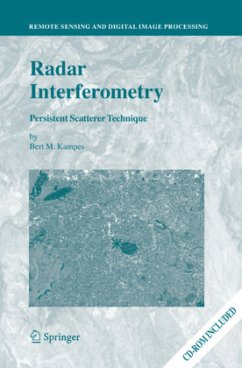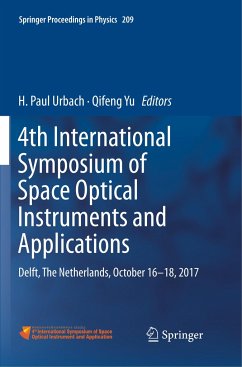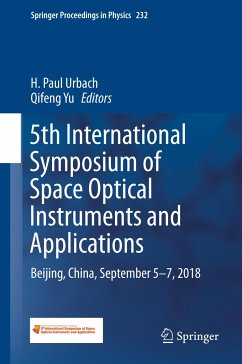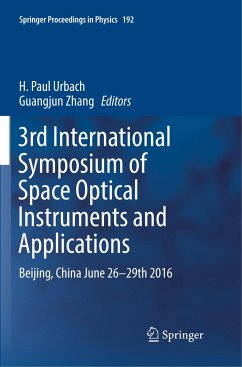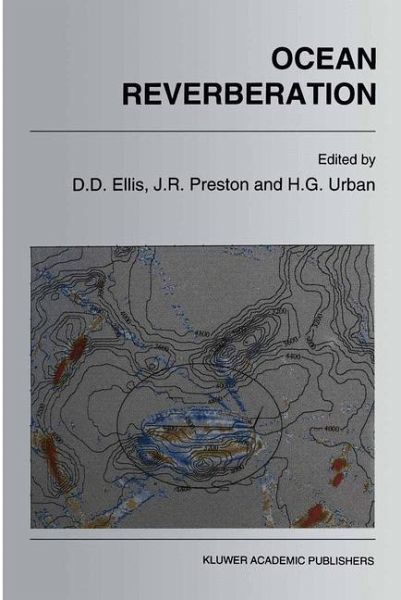
Ocean Reverberation

PAYBACK Punkte
20 °P sammeln!
During the past decade there has been a renewed interest in active sonar systems at both low and medium frequencies. More recently this interest has been extended to very high frequencies in shallow water. Reverberation often limits the detection performance of these systems, and there is a need to understand the underlying mechanisms that cause the scattering. With more emphasis being given to reverberation phenomena in the Scientific Program of Work at the SACLANT Undersea Research Centre, it was considered an opportune time to host a meeting, bringing together scientists from NATO countries...
During the past decade there has been a renewed interest in active sonar systems at both low and medium frequencies. More recently this interest has been extended to very high frequencies in shallow water. Reverberation often limits the detection performance of these systems, and there is a need to understand the underlying mechanisms that cause the scattering. With more emphasis being given to reverberation phenomena in the Scientific Program of Work at the SACLANT Undersea Research Centre, it was considered an opportune time to host a meeting, bringing together scientists from NATO countries to foster cross-disciplinary dialogue and generate ideas for new research directions. Consequently the Ocean Reverberation Symposium was held 25-29 May 1992 in La Spezia, Italy. Over 60 presentations were made on a diverse selection of topics, of which ten papers will be published as a SACLANTCEN Conference Proceedings. The papers in this volume are grouped into 8 sections, usually in the same order as presented at the corresponding session of the Symposium: Section 1 - Scattering Mechanisms Section 2 - High Frequency Measurements and Mechanisms Section 3 - Reverberation Modelling Section 4 - ARSRP Mid-Atlantic Ridge Experiment Section 5 - Low Frequency Measurements Section 6 - Volume Scattering Section 7 - Signal Processing Issues Section 8 - Applications Taken together the papers show some emerging trends in the research.



